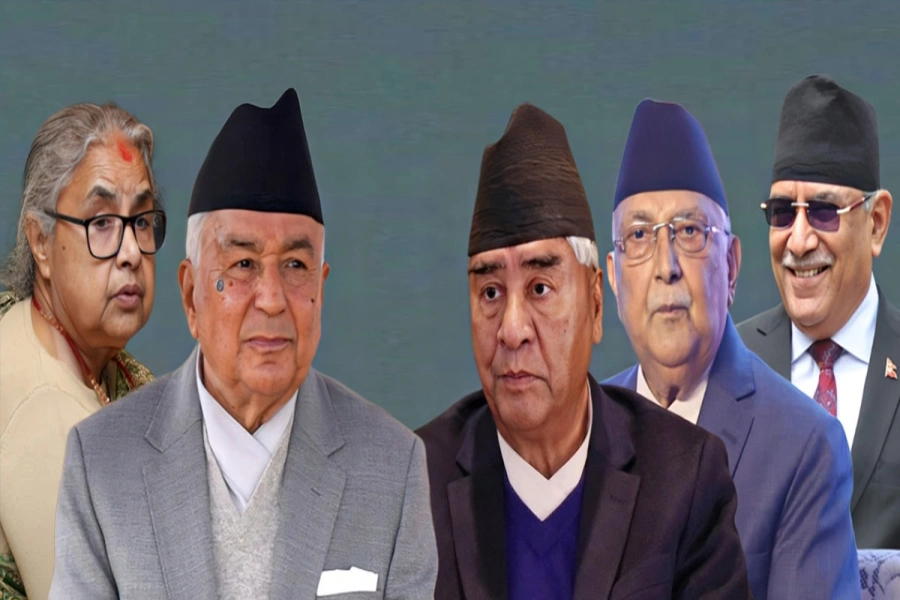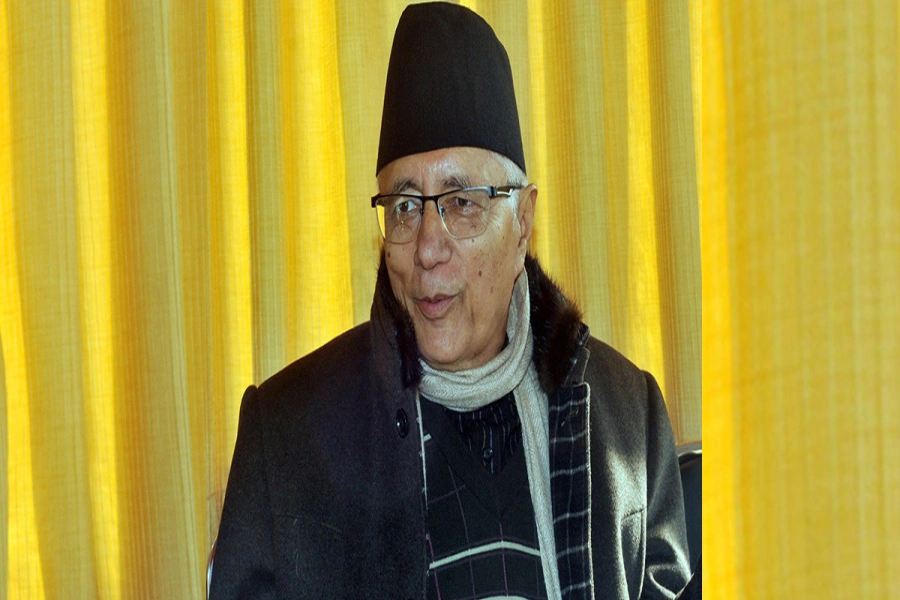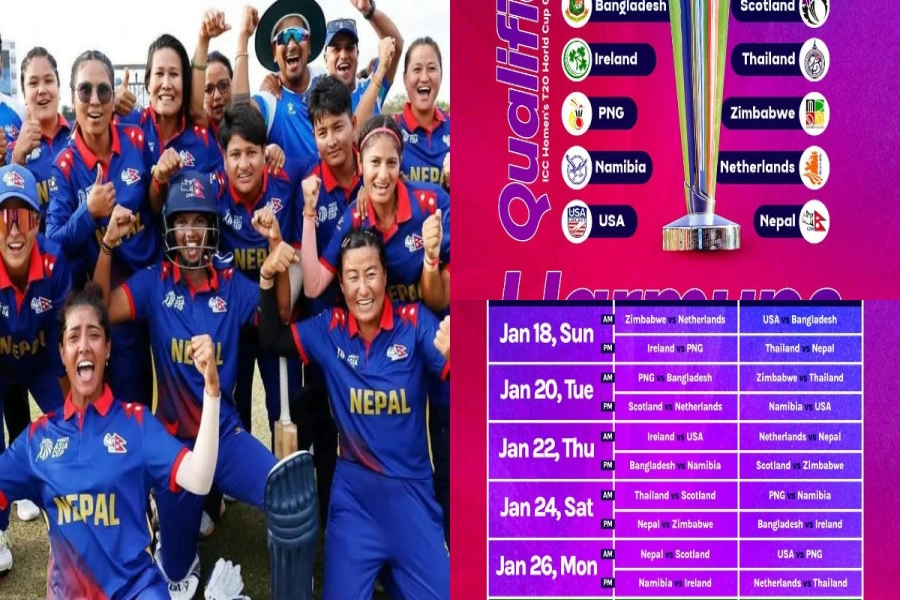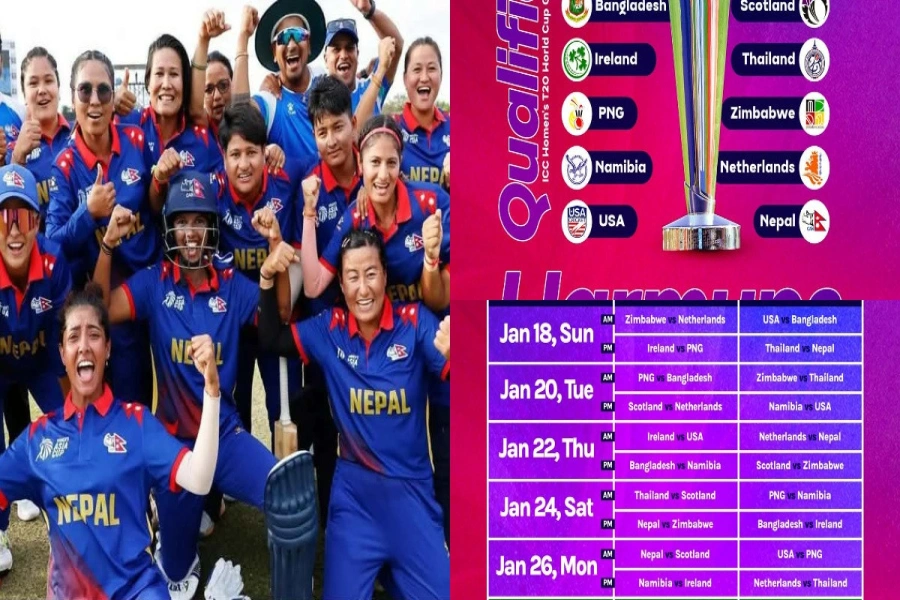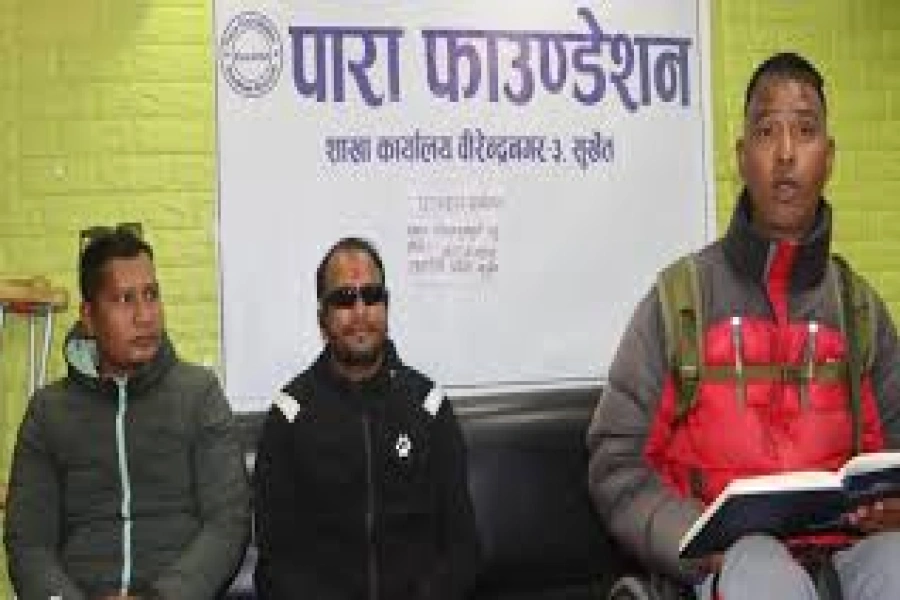Vision 2020: Right to Sight is a global campaign jointly launched by the World Health Organization and the International Agency for the Prevention of Blindness in 1999 to eliminate preventable or curable blindness. The aim of this campaign is to ensure that no one in the world becomes blind and that those who are visually impaired in ways that do not require treatment can use their remaining sight as much as possible and maintain their quality of life. It first aims to adopt cost-effective measures to address the major diseases that can cause blindness, and to intensify the activities related to the prevention of blindness and to completely eliminate treatable visual impairment by the year 2020. In the action policy from 2006 to 2011, not only diseases that cause blindness, but also those who have low vision due to refractive error were brought into the scope of this campaign. The main theme of the Global Action Plan 2014 to 2019 was “Eye Health for all”. The plan was to reduce preventable visual impairments by 25 percent by 2019. Even if this objective was achieved –which, of course, was not; the goals of Vision 2020 would not have been realized in many other countries. Therefore, the Global Action Plan is a step-by-step framework for achieving the core objectives of rights for vision, which seems more plausible. Although it replaces Vision 2020, its strategic cornerstone is still Vision 2020.
According to the available date, out of the total twenty-eight million people with visual impairment, there are four million blind people and about twenty-four million people with low vision. About 90 percent of such visually impaired people are citizens of developing countries like Nepal. While cataracts are still the leading cause of global blindness, uncorrected refractive error (the condition that requires wearing glasses) is the main cause of vision impairment in the world—contributing 43% weightage. A recent publication by Nepalese optometrists has also underpinned that refractive error and presbyopia are alarmingly unaddressed visual problems in Nepal.
Similarly, every year on the second Thursday of the month of October, World Sight Day is celebrated in order to spread awareness about visual impairment and blindness around the world. The second Thursday of the month of October was on the twelfth of October this year, on the occasion of which the Government of Nepal conducted various programs with the involvement of the Ministry of Health and Population, Eye Hospitals and various professional bodies. This public awareness program was coordinated by the International Agency for the Prevention of Blindness (IAPB) and under the continuous theme of eye health for all; this year's slogan was "Love your eyes in the workplace". It advocates for comprehensive eye protection especially during occupational working landscapes. This year's World Sight Day focused on advocacy for protecting eyes from occupational health hazards not excluding the overarching issues of cataracts, diabetes and eye health management.
Japan hands over medical equipment for surgical eye camps to Hi...

Nepal started the Vision 2020 program in 1999 through the apex body for eye health under the Ministry of Health and Population. According to the mid-term review of 2010, even basic eye health services have not reached beyond the district headquarters and revealed the fact that there are very limited resources to solve the problem of visual impairment. According to the Rapid Assessment Survey conducted from 2008 to 2011, the percentage of visually impaired in the last thirty years was 0. 84 to 0.35 and although blindness from cataracts decreased by 21 percent, blindness from internal diseases of the eye increased by 22 percent. What this means is that all the efforts and financial investments made to reduce blindness are concentrated only on cataracts and the involvement of the government in this campaign is very low or negligible. Let’s not forget that less than 1 percent of the Nepal government's total health budget is invested in the eye health sector.
There are 35 non-profit and about 25 private eye hospitals in Nepal, despite not having a proportional distribution geographically. Fifteen institutes are imparting “MD Ophthalmology” specialist education to about 50 people per year, four institutions are imparting “Optometry” education to 80 people per year, and eight institutions are imparting “Ophthalmic Science” education to 320 people per year. Eye hospitals are mostly run by non-governmental organizations and a few private businesses. Some eye hospitals are semi-government or operate under a trust. Another thing is that many of these hospitals are located near the Indo-Nepal border, so grossly 60 to 70 percent of the people benefiting from these hospitals near the border are of Indian origin, the rest are from the nearby urban areas, and only a few come for treatment from the impoverished target populations.
After the government announced the National Trachoma Program, the distribution of Zithromax medicine in trachoma-prone plain areas and public awareness activities from the government level jointly eliminated this disease as a public health problem. Similarly, the National Vitamin A Program is also being implemented by the Nepal government; it protects children from blindness caused by deficiency of Vitamin A. These two programs are exemplary works done by the government in the field of eye heath. Apart from that, not only Nepal Netra Jyoti Sangh, Tilganga Institute of Ophthalmology and other non-governmental organizations, but also many international non-governmental organizations are working continuously to alleviate the status of eye health in Nepal. It is necessary to start work with the aim of providing eye health facilities through non-governmental organizations, and providing eye services in hospitals from the district level, through the implementation of the national eye health strategy and unceasing government involvement, monitoring and regulation. Nepal is already self-reliant on the human resources for eye health. So, in a nutshell, if the human resources for eye health (ophthalmologists, optometrists, ophthalmic assistants) could be included in the government health system, Nepal can also achieve the goals envisioned by ‘2030 in sight’ mandate, which aims to increase effective cataract surgery rate and effective refractive error coverage by 30% and 40% point respectively by the year 2030. This will expedite the integration of eye health into the mainstream health system up to the municipal level according to the World Health Organization’s standing.















